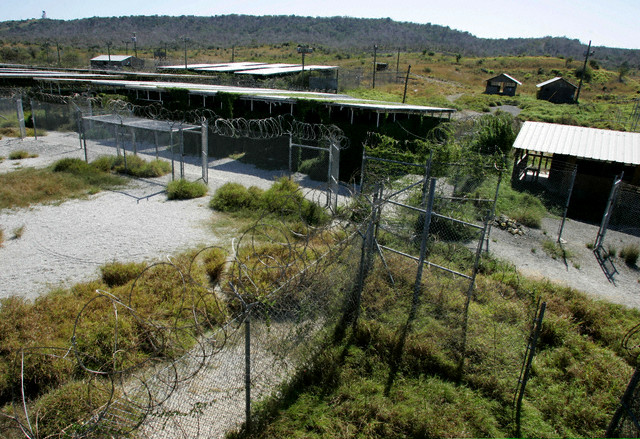The language of post 9-11 Guantánamo is intrinsically messy. Terminology is designed to be complicated, interwoven with the realities of legality and circumstances. This couldn’t be truer when referring to the group of 300 men, detained at Camp X-Ray between January to March 2002. Camp X-Ray was originally built in 1994 as a detention facility…
Read moreGuantánamo Public Memory Project
Tag: Guantanamo Bay Naval Base
Setting the Stage: Picturing the Stories of Guantánamo
National Dialogue and Traveling Exhibit

The visual topography of Guantánamo in recent public culture is minimal to nonexistent, narrowly ranging from orange jumpsuits and shackles to barbed wire and chain link to nothing at all, as the issues surrounding Guantánamo fade into the collective unconscious with every passing year. Photographer Christopher Sims takes up the subject of this singular and…
Read moreOpen for Discussion: How can we engage exhibit participants without oversimplifying the issues?
National Dialogue and Traveling Exhibit

Early on when planning our panel for the Guantánamo Public Memory Project, we were given the option of including a way for visitors to participate via text message. Presented with a yes or no question, visitors could text their response and see the collected results presented in real-time or on a website. I am all…
Read moreA State of Exception
National Dialogue and Traveling Exhibit
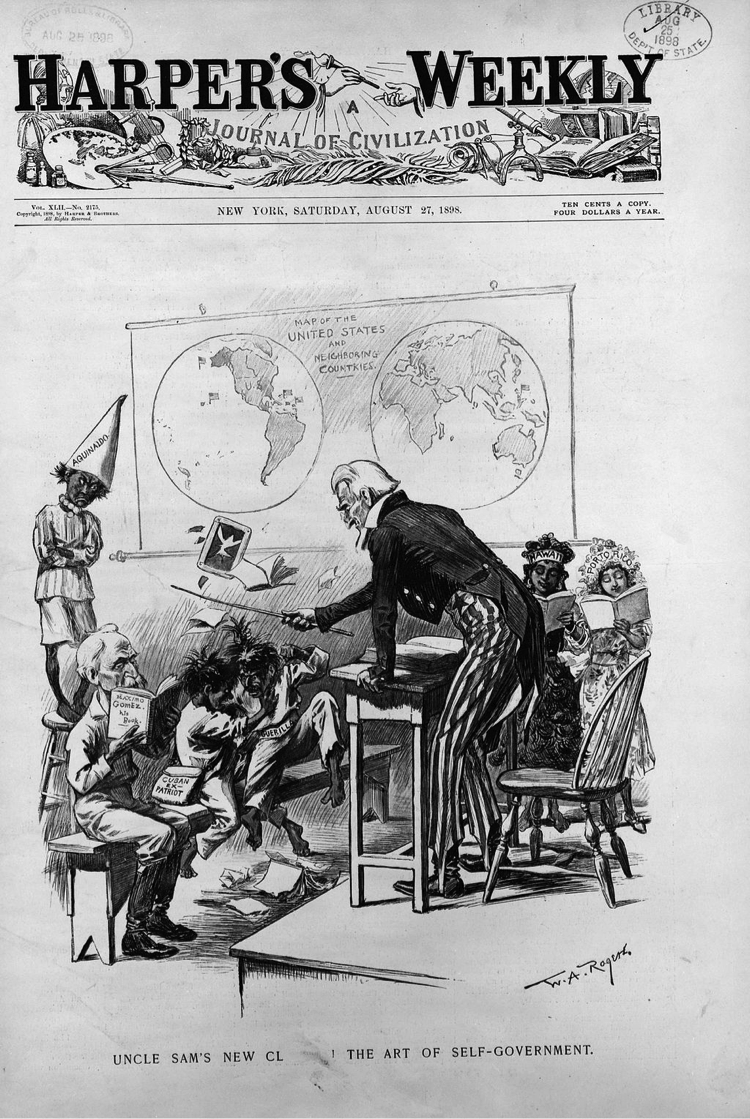
In studying history I have often been surprised, disturbed even, at behaviors that were once considered acceptable by our predecessors. I have come away from lectures and reading angry at what I consider injustices and frustrated by my deep desire to change what happened, or at least to apologize. I know, of course, that…
Read moreEngaging the Base’s Foundations
National Dialogue and Traveling Exhibit

Prior to being introduced to the Guantanamo Public Memory Project, I was unaware of just how much infrastructure plays a role in the movement of people and things. As Arizona State University is preparing an exhibit panel on “Building the Base,” I have come across a great deal of information concerning the physical landscape…
Read moreGuantánamo – The United States’ Playground
National Dialogue and Traveling Exhibit
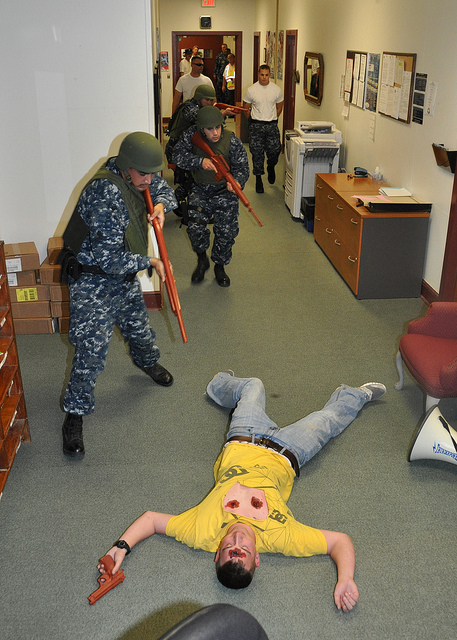
What struck me most about GTMO’s history as I browsed images of the camp was the expanse of violence that Guantánamo seemed to represent; specifically, I was struck by images of training exercises that the troops stationed there undergo on how to take down “assailants.” These training exercises depict the assailants as violent prisoners…
Read moreThe Power of Media in Shaping Narrative
National Dialogue and Traveling Exhibit
Through the process of creating our exhibit panel we have had to look at several photos taken during the Balsero Crisis in Guantánamo Bay. We chose images we liked for the panel individually and then justified our choices in group discussions. I narrowed my choice between two photos that I thought represented nice group shots, showing…
Read moreLiving on the Edge: U.S. Border Relations
National Dialogue and Traveling Exhibit

The US-Mexico border is a subject of daily discourse in Arizona. Border violence is constantly reported on the news, universities offer classes on border relations, and politicians are always debating issues of illegal immigrants. Jana Lipman’s history of Cuban and Jamaican workers in Guantánamo discussed concepts and events that were so similar to those happening…
Read moreThoughts on Building the Base
National Dialogue and Traveling Exhibit
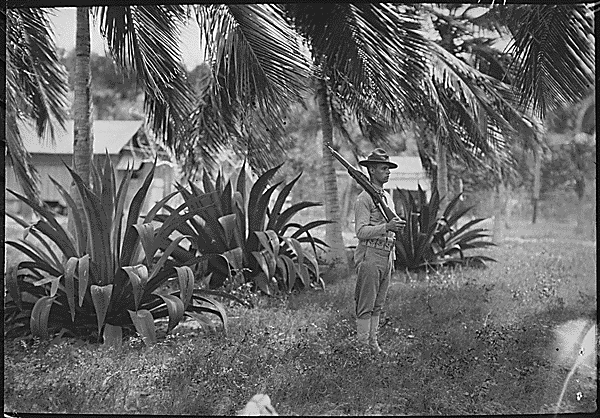
For the Guantánamo Public Memory Project, we are examining the building of the base from approximately 1903 to 1964. Two things especially impress me in the research that we’ve done so far. First, how the landscape of Guantánamo Bay has been used and imagined by human beings and how uses and visions for the place…
Read moreGuantánamo At Home?
National Dialogue and Traveling Exhibit
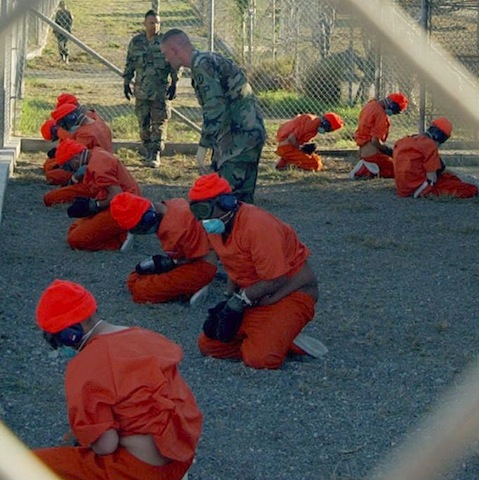
The passage of the current National Defense Authorization Act (NDAA) in December 2011 was intended to keep Americans safe for the foreseeable future. It stipulated the amount of federal spending on defense for the fiscal year 2012, while laying the groundwork for counter-terrorism operations currently undertaken by the United States. However, this bill contained controversial…
Read moreCreative: Picture Projects & Tronvig Group

